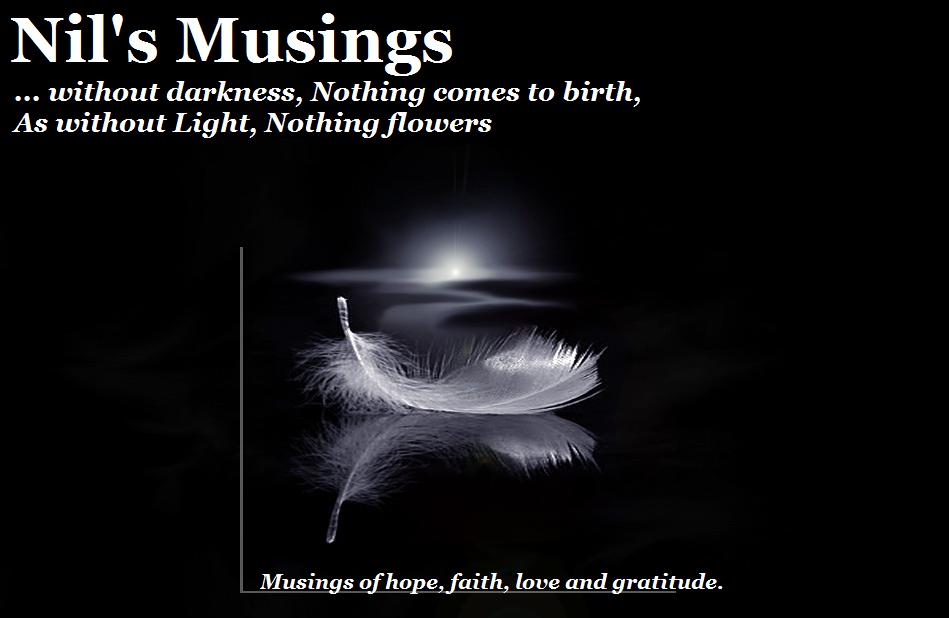There have been so many documentaries, books, information on Sun Tzu's Art of War.
There are so many followers of Sun Tzu's Art of War, including myself at one time.
Not really surprised or shocked by this considering humans fascination with war.
Before humans ruled the world, and when dinosaurs roamed, I was not around, but the many documentaries I saw on dinosaurs did not give me an impression that the dinosaurs had organized civil or world wars or nor did it give me the impression that dinosaurs had armies, weapons or nuclear bombs. Maybe they had them, but I do not know about it.
But we humans, we are just fascinated by wars. Apart from all the military wars, we also have war against drugs, war against racism, war against terror, war against AIDS etc - we like to fight.
a Chinese military treatise that was written by Sun Tzu in the 6th century BC, during the Spring and Autumn period. Composed of 13 chapters, each of which is devoted to one aspect of warfare, it is said to be the definitive work on military strategies and tactics of its time, and still one of the basic texts.
The Art of War is one of the oldest and most successful books on military strategy. It has had an influence on Eastern military thinking, business tactics, and beyond.
Sun Tzu suggested the importance of positioning in strategy and that position is affected both by objective conditions in the physical environment and the subjective opinions of competitive actors in that environment.
He thought that strategy was not planning in the sense of working through an established list, but rather that it requires quick and appropriate responses to changing conditions. Planning works in a controlled environment, but in a changing environment, competing plans collide, creating unexpected situations.
The book was translated into the French language in 1772 by French Jesuit Jean Joseph Marie Amiot, and into English by British officer Everard Ferguson Calthrop in 1905.
It likely influenced Napoleon,and leaders as diverse as Mao Zedong, General Vo Nguyen Giap, Baron Antoine-Henri Jomini, and General Douglas MacArthur have claimed to have drawn inspiration from the work. The Art of War has also been applied to business and managerial strategies.
But why is it an art and not science of war?
And why are not people not interested in the Science of Peace or the Art of Peace? Does it even exist?
Basically people are not interested in peace, it is boring and no fun. But then again I am generalising.
A search for the Art of Peace led me to a music album with contributions from number of musicians from throughout the world, including Sting, Garbage, Rush, Suzanne Vega, Jonatha Brooke and Alanis Morissette.
The album is an initiative to support Tibet, the promotion of peace, basic fundamental human rights, including freedom of speech and religion and the current Dalai Lama Tenzin Gyatso.
The Science of Peace on the other hand is an organization of mainly Canadian scientists working together to promote peace worldwide. It was co-founded by mathematical psychologist Anatol Rapoport, and physicist Eric Fawcett, both former professors at the University of Toronto. It is based in Toronto, Ontario.
It is an interesting albeit not a very popular organization.
Basically, a lot of human conflicts over the years have been due to organized religion.
Mahabharata of Hindu is mainly about Kurukshetra War. There have been many Egyptian, Mayan, Roman, Persian, Crusades, Ottoman wars. In modern times, Civil wars, World War I and II, Mujaheddin wars, Soviet wars against Afghan, Georgia and Chechnya, India-Pakistan wars, Iraq and Afghan wars against terror, Cuban wars, etc etc etc that it would take too many words to describe.
Peace as we know it may be impossible to come by.
Except maybe Inner Peace and Satyagraha.
Inner peace (or peace of mind) refers to a state of being mentally and spiritually at peace, with enough knowledge and understanding to keep oneself strong in the face of discord or stress.
Being "at peace" is considered by many to be healthy homeostasis and the opposite of being stressed or anxious. Peace of mind is generally associated with bliss and happiness.
Peace of mind, serenity, and calmness are descriptions of a disposition free from the effects of stress.
In some cultures, inner peace is considered a state of consciousness or enlightenment that may be cultivated by various forms of training, such as prayer, meditation, T'ai Chi Ch'uan or yoga, for example.
Many spiritual practices refer to this peace as an experience of knowing oneself. Finding inner peace is often associated with traditions such as Buddhism and Hinduism.
Satyagraha, on the other hand, is a philosophy and practice of nonviolent resistance developed by Mohandas Karamchand Gandhi taken mainly from jain religion believe in non-violence.
Gandhi deployed satyagraha in campaigns for Indian independence and also during his earlier struggles in South Africa. Satyagraha theory also influenced Martin Luther King, Jr. during the campaigns he led during the civil rights movement in the United States.
So, for anyone hoping for peace in this wonderful world of ours which is fascinated with wars, we got to look within and search for inner peace and practice Satyahraha.
I am certainly looking for some inner peace and I practice non-violence as much as possible - which is amongst the main reasons of me being a vegetarian.
I hope you can find some peace in your life too.
Take care and be well.

No comments:
Post a Comment